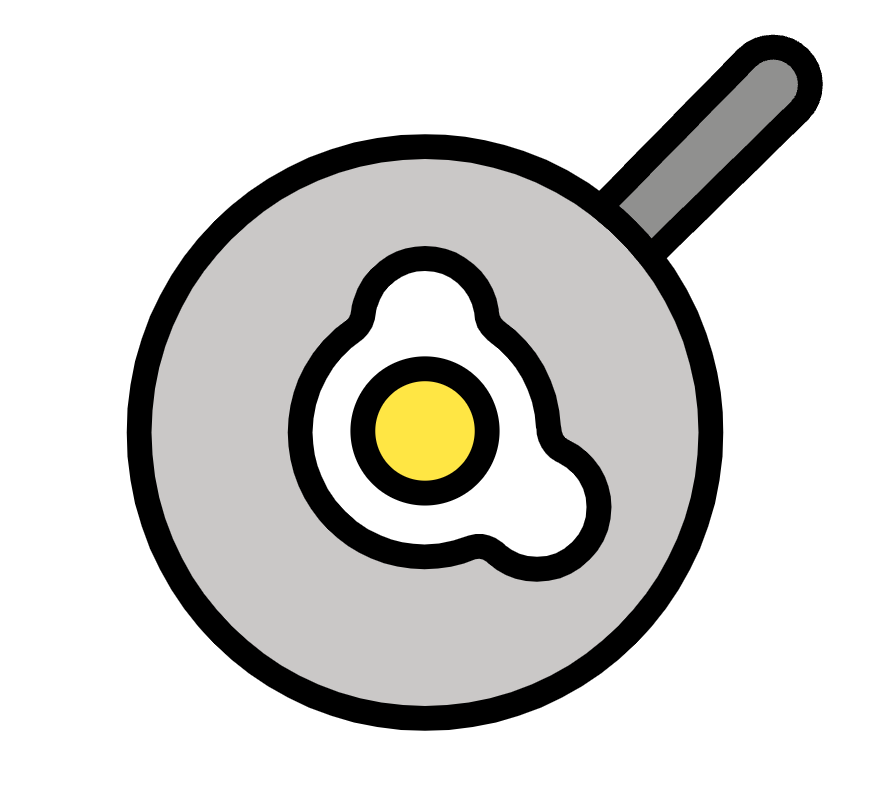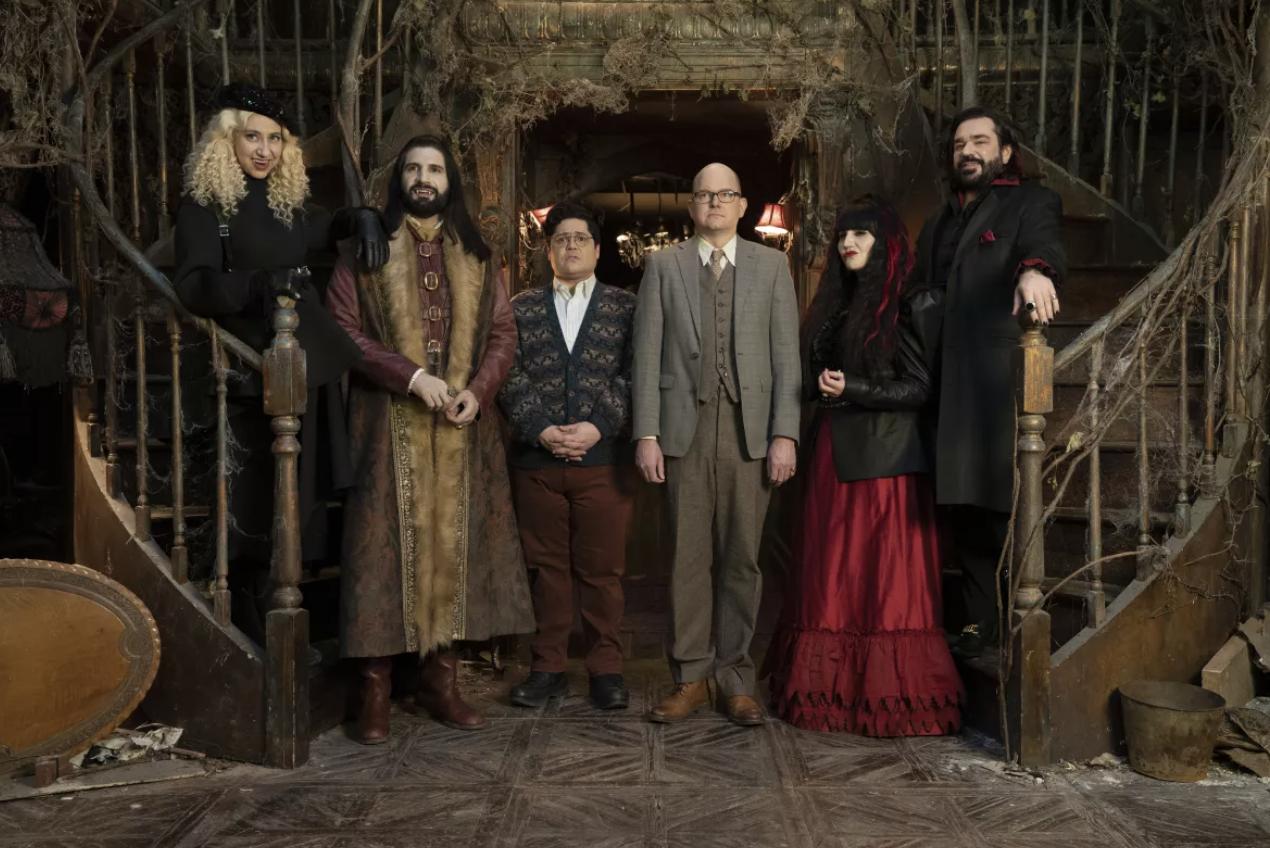Questionable new ways of running a retrospective
My team’s Managing Director and advisor on the project I’m working on, Kirsten, has noticed how reluctant I am in facilitating meetings 🤣 and running team retrospectives. So she subtly challenged me to come up with new ways of running a retro.
What is a Retrospective
But first, let’s take a step back, and define what a retrospective is. If you do not need this, please skip ahead.
A retrospective, is valuable time shared with the team, or the team and stakeholders, at the end of an established period of time, like a sprint, a week, a 2-week period, or a month, for example. During this time we look back at what we’ve done, what we have accomplished, what we can improve, what we want to stop doing, and action items.
Retrospectives are often associated with the AGILE methodology. But in views closer to mine, they could be a time to vent about things that frustrate us, or talk about a subject, without the need to find a solution to problems and issues we bring up.
How it works, more or less
No matter what the categories we end up choosing, the process is more or less this:
- Folks take some time to write ideas and things they would like to discuss on sticky notes and add them to the board;
- We then try to find stickies that are related to one another and group them;
- Each participant gets to vote on these grouped stickies/categories, for example 3 votes per person. It varies based on the amount of participants and ideas on the board;
- We start discussing going from the stickies that got the highest amount of votes down;
- The person who is facilitating keeps track of time, and runs extra round on the clock if more time for discussion is needed, and takes notes about outcomes and action items, if any;
- We save the board for the next time, where we check whether the previous action items were addressed.
There are many ways to run a retrospective, for example Spotify somewhat recently shared a Retro Kit with some ways they run their retrospectives. My teammate Nick shared with me a Trello board with a lot of styles for retros.
My retrospectives
I came up with a couple of ways myself. Here they are.
The Fried egg
 The stickies are somewhat placed randomly on the board, but then grouped and arranged
as:
The stickies are somewhat placed randomly on the board, but then grouped and arranged
as:
- Things that are in the egg (yolk and eggwhite) are those where we as a team have power over and want to talk about, they are close to our day-to-day or future planning;
- Things that are in the pan, we don’t have direct control over, but we can reach out to who can help us tackle, or solve them, and it’s worth dedicating time to discuss them;
- Things that are out of the pan, are actually out of our control. Say it’s the result of company decisions we have no control over, so it is not worth spending too much time discussing these, but valuable for sharing knowledge, and making other aware of our feelings or concerns, especially if a stakeholder is present.
The Scary Retro
Here we have 4 categories:

1) The Zombies
These are things that we thought we solved, but one way or another, they keep coming back. Especially valuable when you have an established ongoing project, maybe victim of tech debt and in need of refactoring. Think of flaky specs.

2) The Werewolves
These are deceiving things. They are not what they seem to be. Things we didn’t foresee, or didn’t go as initially planned, or changed their shape from planning to implementation. These are good points where we can learn from what happened and adjust our aim for the future.

3) The Vampires
These are things that take a lot of energy our of us. Blockers.

4) Arnold
Arnold as the Running Man: he’s the savior, and will fix and restore the order eventually. We save this column for the “good stuff”

In conclusion
Kirsten’s idea was brilliant, I don’t know how good or bad the retros are, but this idea kept me engaged and it’s been fun. I may or may not come up with more of these, LOL.